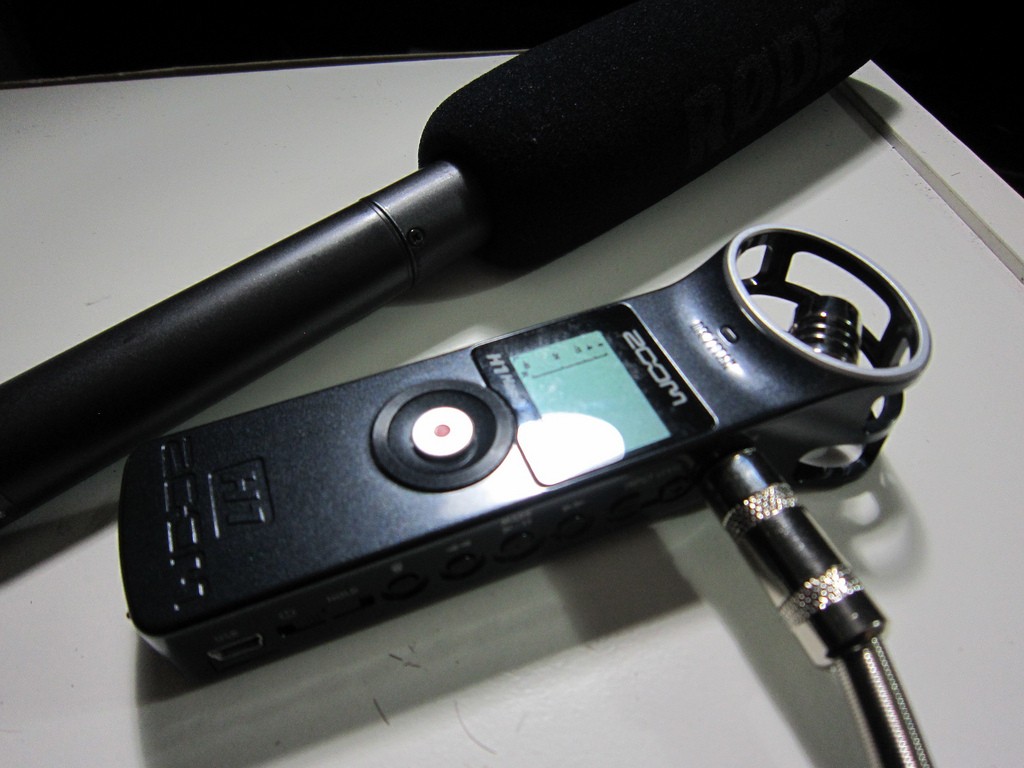
There is much debate in the legal transcription world about court reporters and the increased use of digital reporting. Before we dig in, let’s discuss exactly what each of these are and how we see them working together in the real world right now.
Court reporters are classically defined as those that record the spoken word into a stenography machine that translates the words into text. Digital recording is of course simply audio that is recorded which then must be transcribed later to get the text.
Generally you will see the arguments that court reporters are only human and can misunderstand words, have trouble with accents and the demand for court reporters is not being met by the supply of students that are choosing this career option and graduating. Simply put, some court systems and attorneys have no choice but to explore other options because there is a shortage of trained court reporters.
On the other hand the argument is that with just digital recording extraneous sounds like coughing, doors opening and closing, someone tapping a pen, etc can cause problems hearing the actual testimony, it is hard to do a playback during proceedings, recordings can be damaged or lost, if people are speaking over each other there can be problems getting a clean transcript later, etc.
Most of the arguments for or against either court reporters or digital recording focus on how they are used separately, but in the work we perform as legal transcribers at ALM Transcription LLC we use court reporters and digital recordings together. This eliminates almost all of the problems and creates clearer transcripts. The court reporter takes notes that sync up with the audio with time markings so the audio can be played back easily during the proceedings and the reporter can note any hard to understand words or make notes on who is speaking. The court reporter is still able to stop proceedings to stop people from talking over each other or ask for clarification on a word, etc. A digital court reporter can be trained much faster since they use a normal keyboard for notes and do not need to do full live transcription. Audio recordings are setup next to each participant in order to catch everyone’s voice for precise playback for the transcriber by isolating each feed.
As more courts switch to digital recordings we will see if it makes sense financially. Some argue that it takes more time to transcribe the recordings than if they had just been done live, but 90% of legal proceedings don’t need to be transcribed and are never looked at again by any of the parties involved. By using digital recordings, the fees for transcriptions are put on the attorney/party that wants the transcript now, rather than the court system paying for the court reporter to transcribe every proceeding and hoping someone orders the transcript.


